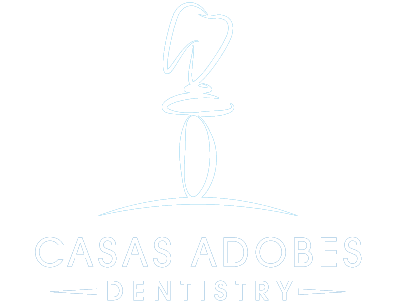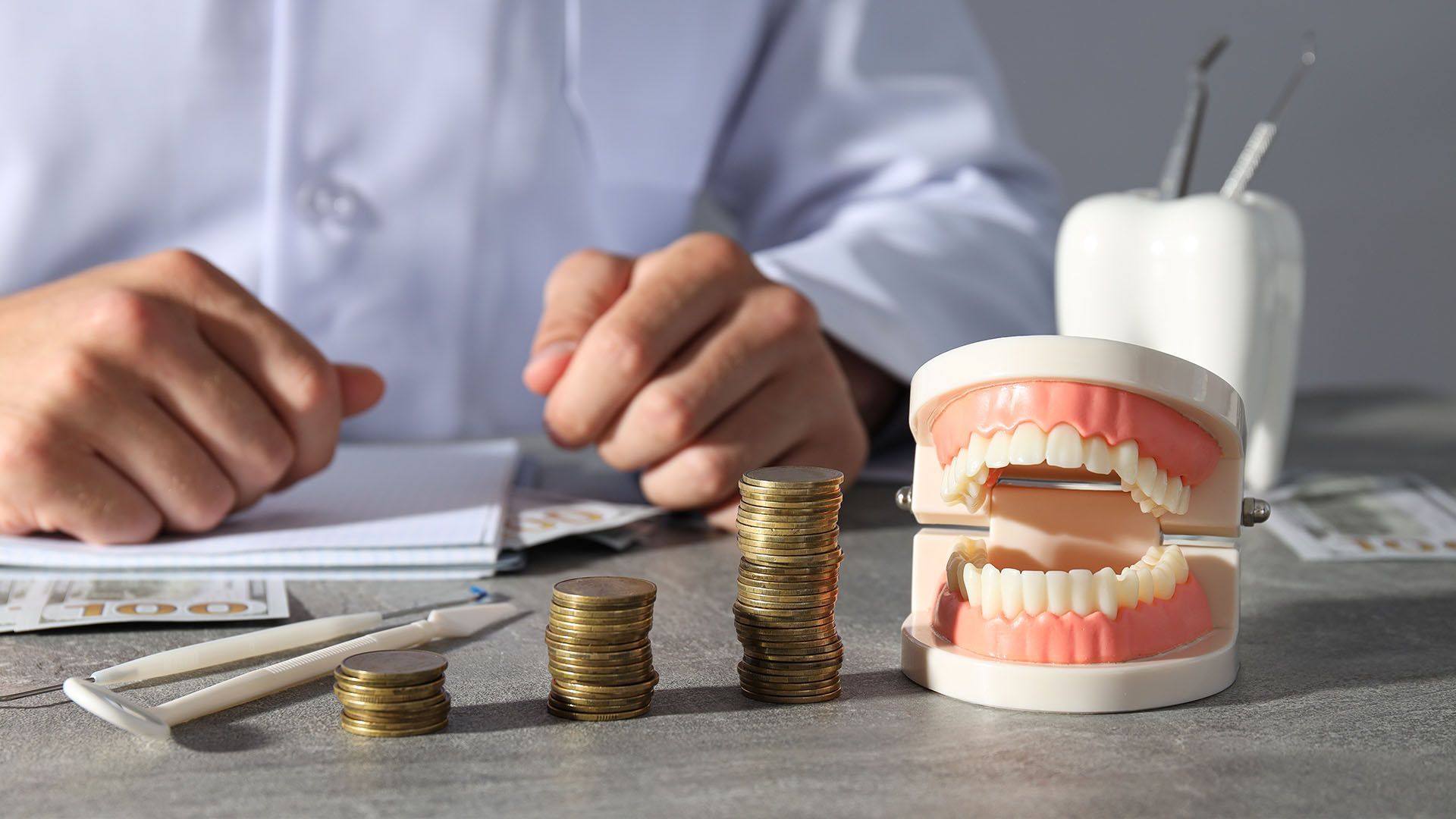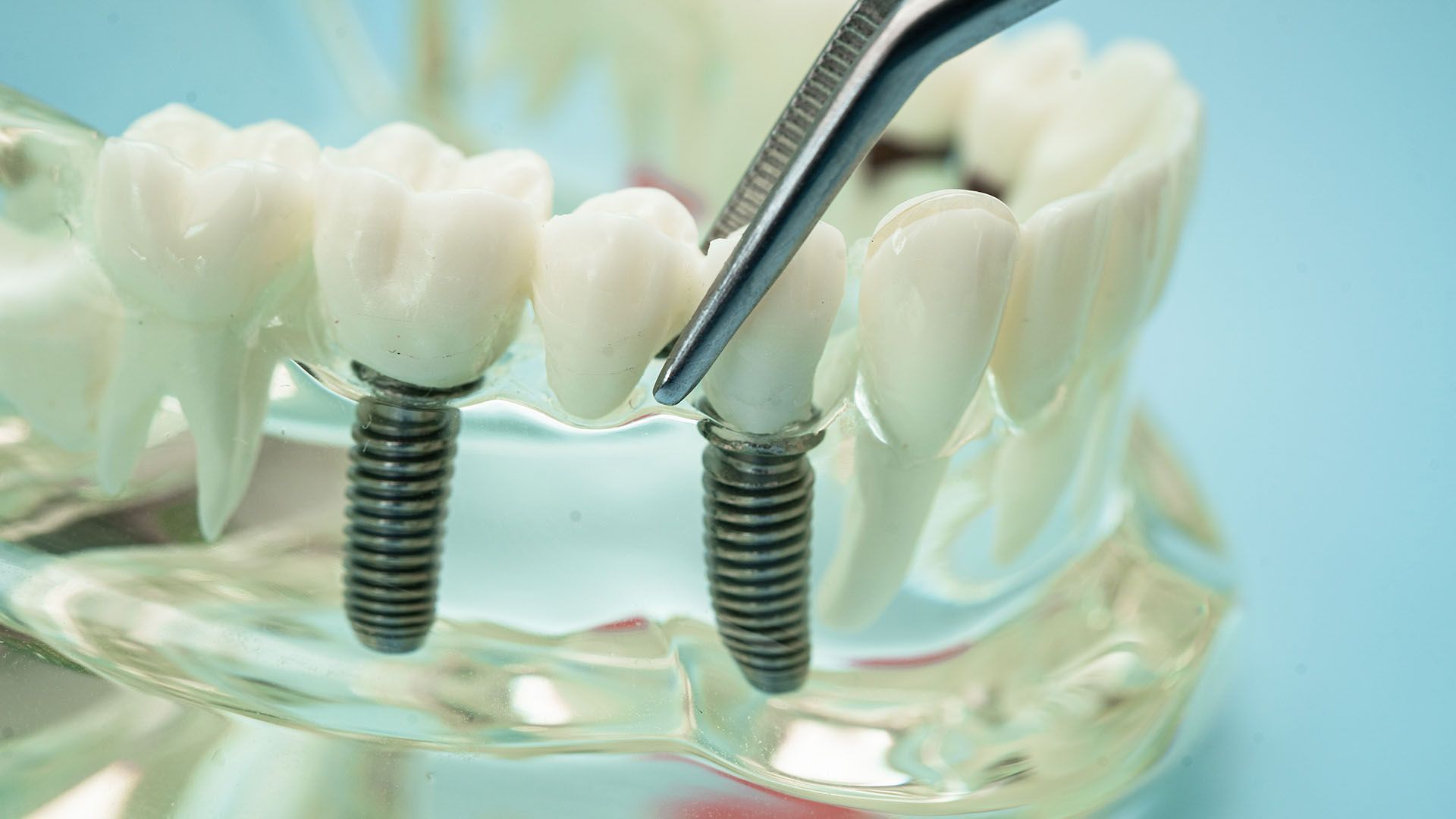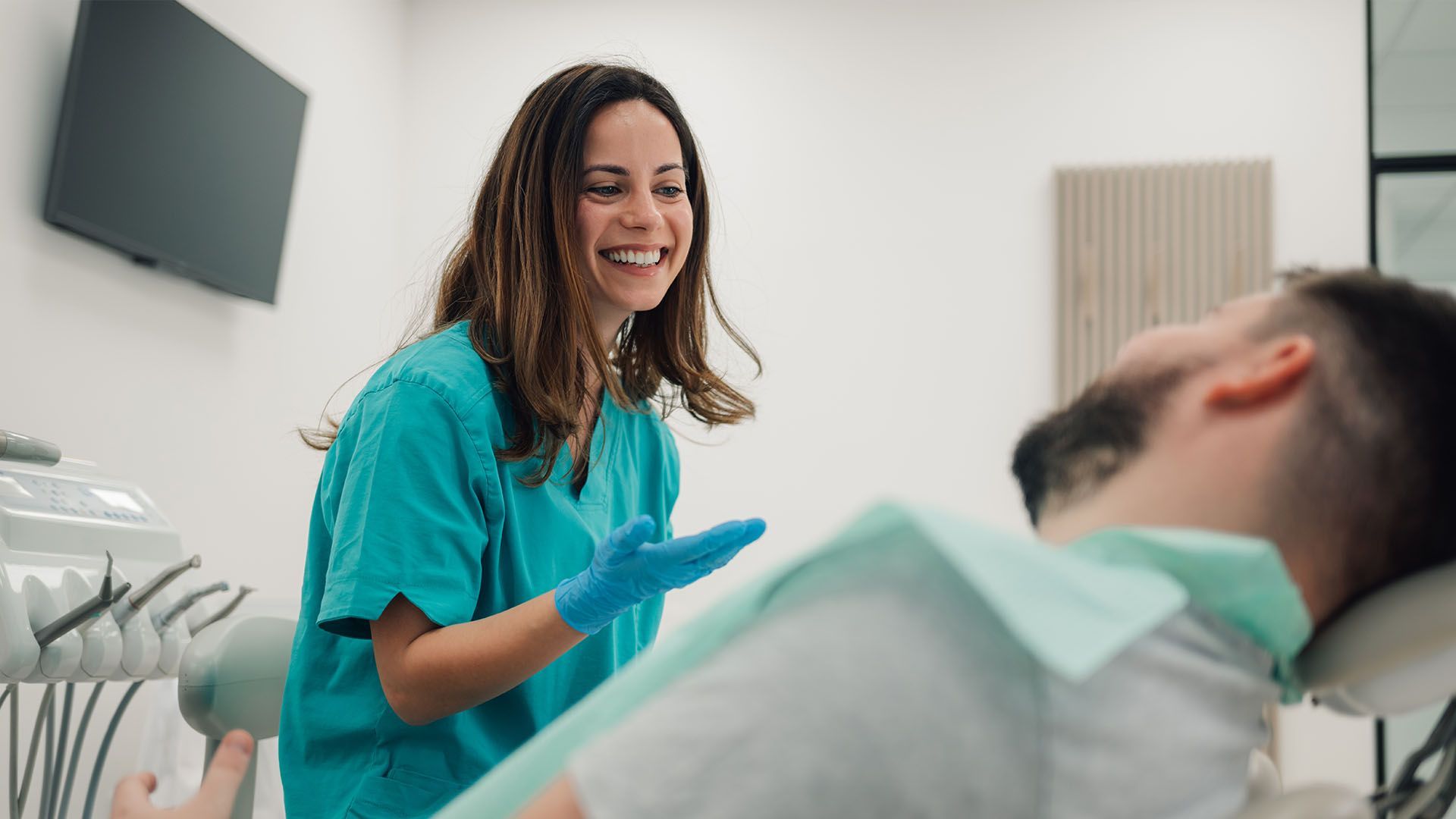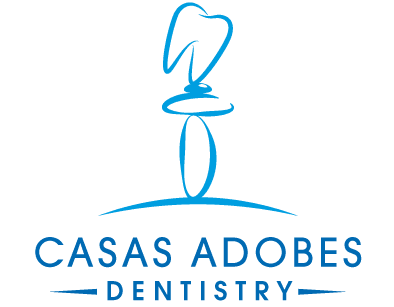Do Dental Implants Hurt? What to Expect Before, During & After

At Casas Adobes Dentistry, our dentists place and restore dental implants every week. We’ve seen thousands of healing journeys up close, so we’re qualified to explain what implant pain really feels like, how long it lasts, and how to keep you comfortable. This guide is written at an easy, 8th-grade reading level to give you clear answers first, then helpful details.
Quick Answer
Most people don’t feel pain during implant surgery because the area is fully numb with local anesthesia. You may feel pressure or vibration. After the numbness wears off, mild to moderate soreness is common for 2–3 days, then it eases. With simple post-implant pain management—ice, rest, and over-the-counter medicine as directed—most patients feel much better within a week.

What Causes Implant-Related Discomfort?
- Surgical site and gum tissue: Your gums and the small area of bone around the implant need time to settle.
- Bone involvement vs. gum tenderness: Bone doesn’t have sharp “pain nerves” like skin, but nearby tissues can feel sore.
- Same-day extraction + implant: Doing both at once is common, but it can make early soreness a bit stronger.
- Extra procedures:
Bone grafts or sinus lifts add healing work for your body.
- Number of implants and time in the chair: More sites and longer surgeries can mean more swelling afterward.
Before the Procedure: Preventing Pain Starts Here
- Thorough planning: A full exam, 3D imaging, and a review of your health help us plan a gentle, precise procedure.
- Candidacy factors: Healthy gums, enough bone, and stable medical conditions lead to smoother recovery.
- Comfort options: Local anesthesia is standard. We also offer oral or IV sedation when appropriate.
- Simple pre-op steps: Good sleep, a light meal (if allowed), and following your instructions reduce swelling and stress.
During the Procedure: What You’ll Feel
- Numb, not painful: Local anesthesia blocks pain. You may notice pressure, tapping, or vibration.
- Sounds and sensations: You’ll hear some instrument sounds. This is normal and not a sign of pain.
- Timing: A single implant is often placed in under an hour; multiple implants or added procedures may take longer.
After the Procedure: Pain & Healing Timeline
- First 24 hours: Numbness fades. Mild oozing is possible. Start ice packs (20 minutes on, 20 minutes off while awake). Stick to cool liquids and very soft foods. Rest with your head elevated.
- Days 2–3 (peak): Soreness and swelling usually peak now. Use medicines exactly as directed. Keep using ice the first 24–48 hours; switch to brief warm compresses later if advised.
- Days 4–7: Discomfort eases. Many people move from prescription meds to OTC options if needed. Introduce soft-chew foods.
- Weeks 2–6: Tissues settle. Chewing feels more natural. If you have a temporary
crown, bridge, or denture, follow your eating rules to protect the site.
- Abutment placement & crown day: Tenderness is usually minor and short-lived.
Everyone heals at a different pace. If pain gets worse after day 3 instead of better, call us.
What’s Normal vs. What’s Not
Normal:
- Mild swelling and bruising
- Tender gums and stiffness when opening
- Small spots of blood on your gauze the first day
- Soreness that improves a little each day after day 3
Not normal (call us):
- Pain that’s getting sharper after day 3
- Fever, foul taste, or pus
- Numbness that doesn’t improve over time
- The implant or temporary tooth feels loose
How to Manage Discomfort at Home
- Medications: Take as prescribed. If told to use OTC pain relievers, follow the label and your dentist’s plan.
- Cold compress: Use ice for the first 24–48 hours to reduce swelling.
- Rest smart: Keep your head elevated when you relax or sleep for the first couple of nights.
- Soft-food plan: Yogurt, eggs, mashed veggies, oatmeal, smoothies (no straws), tender fish, and pasta are great early on.
- Gentle hygiene: Start with saltwater rinses as instructed. Brush the rest of your teeth normally. Be gentle near stitches.
- Avoid early on: Smoking, alcohol, drinking through straws, and intense exercise can slow healing.
Speeding Up Healing
- Protein-rich, nutrient-dense foods:
Help repair tissues (think eggs, Greek yogurt, beans, soft tofu, tender chicken or fish).
- Hydration: Sip water often.
- Activity: Light walks are fine. Ramp up exercise only when cleared.
- Follow-ups: Keep your checkups so we can confirm the implant is on track.
- Adjuncts we may use: Techniques like platelet-rich fibrin (PRF) or low-level
laser therapy may support healing in select cases.
Factors That Influence Pain Levels
- Surgical technique and planning: Guided, minimally invasive approaches often mean less swelling.
- Single vs. multiple implants or full-arch treatment: More sites can mean more tenderness early.
- Grafts or sinus lifts: Expect a longer soft-food phase and more swelling at first.
- Personal pain threshold and health conditions: Smoking, uncontrolled diabetes, and certain meds can affect healing.
Implants vs. Other Dental Procedures
- Tooth extraction: Many patients say implant soreness is similar or less once anesthesia wears off, because the implant fills the space where the root was.
- Root canal therapy: Both are well-managed with anesthesia. Implant soreness is more about the gums and surgical site;
root canal tenderness is often about the treated tooth.
- Bridge preparation: Less surgical soreness, but implants avoid trimming neighboring teeth, which many patients prefer long-term.
When to Call Your Dentist
Call if you notice worsening pain after day 3, heavy bleeding that won’t slow, fever or chills, a bad taste, or anything that feels “off” with your bite or temporary tooth. It’s always better to check.
Cost & Comfort Considerations
- Sedation choices:
From local anesthesia to oral or IV sedation, we’ll match your needs and medical history.
- What’s included in care: Your plan outlines exams, imaging, surgery, temporary teeth (if used), follow-ups, and the final restoration.
- Value over time: Implants don’t get cavities and help protect your jawbone. Many patients find the short-term soreness worth the long-term comfort and function.
Our Gentle Approach at Casas Adobes Dentistry
- Precision planning:
We use 3D imaging and guided techniques to place implants accurately and protect nearby structures.
- Comfort-first care: Clear instructions, smart pain-control plans, and easy access to our team if questions come up.
- Minimally invasive mindset: Small, precise approaches when possible to reduce swelling and speed recovery.
- Follow-through: We see you after surgery, fine-tune your bite, and coach you on hygiene so your implant lasts.
Still worried about implant pain? Let’s make a plan together.
At Casas Adobes Dentistry, we place and restore implants every week. We’ll walk you through a simple, step-by-step plan to keep you comfortable and heal well—no pressure, just clear answers.
Ready when you are:
contact us to schedule a no-pressure consultation.

Frequently Asked Questions
Can I go back to work the next day?
Many people do, especially with desk work. If your job is physical, take a couple of days off.
When can I exercise again?
Light walking is okay right away. Wait several days for strenuous workouts or as advised; raising your heart rate early can increase swelling.
How long does swelling last?
Usually 2–3 days at its peak, then it fades over the week.
Does abutment placement hurt?
You’ll be numb if needed. Most people feel pressure and mild soreness afterward.
Will a temporary denture rub or cause soreness?
It can. Call us for quick adjustments to protect your gums and healing implant.
What about full-arch (“All-on-X”) comfort?
Expect more swelling at first because more work is done in one visit. Most patients say each day gets easier after day 3.
